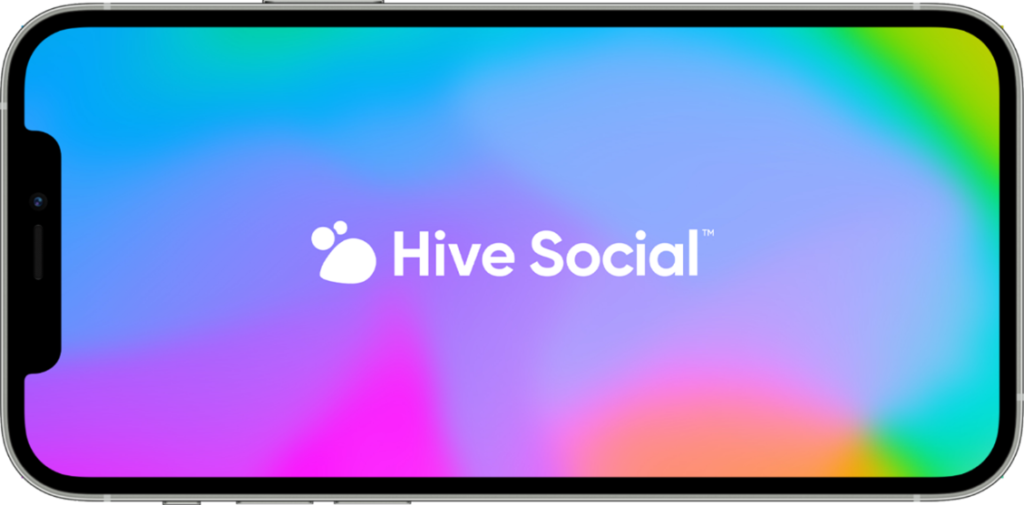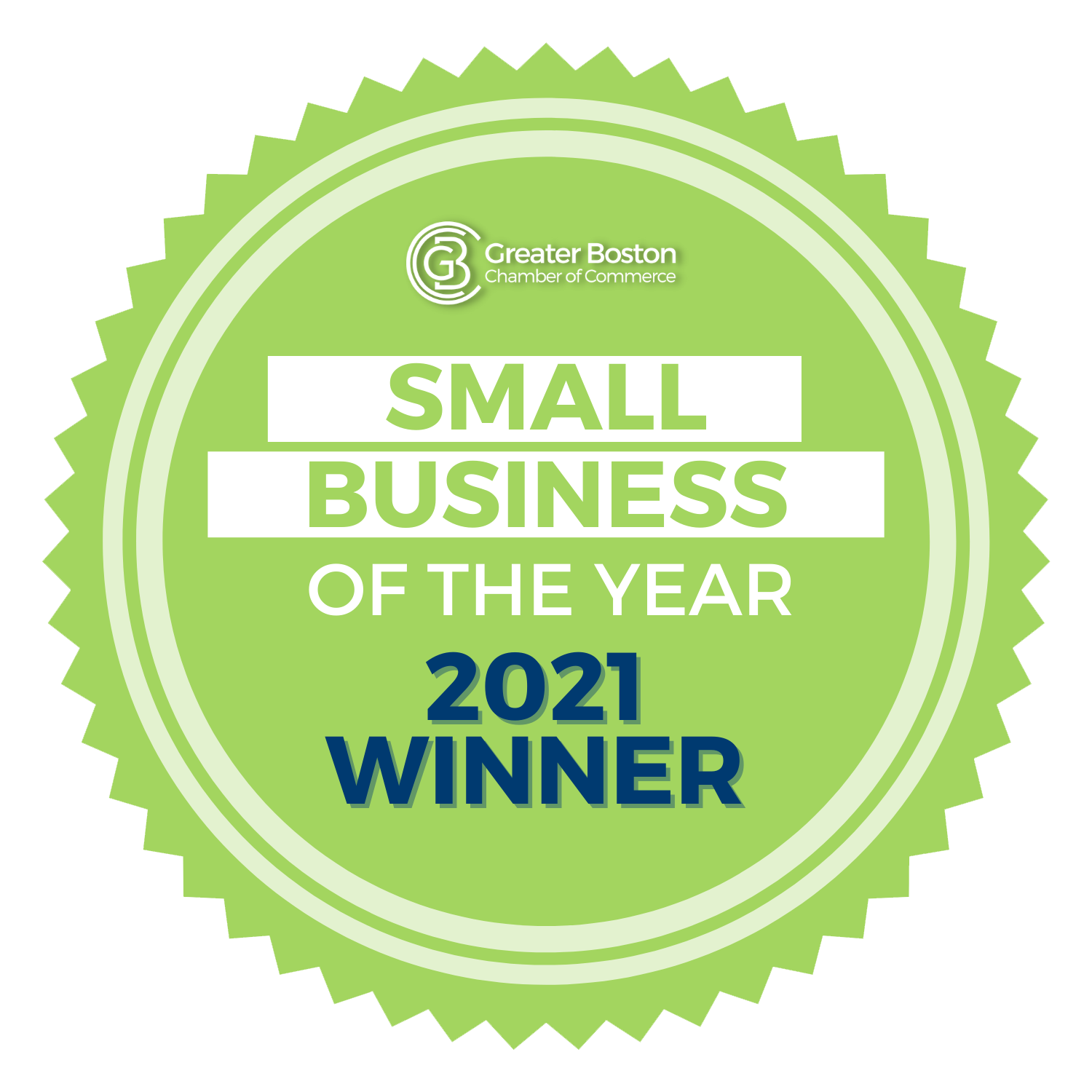Our recommendations and predictions amidst Twitter’s unpredictable future
Social media, never the world’s most stable industry, is in uncharted territory. Billionaire Tesla CEO and world’s richest man Elon Musk is causing seismic upheavals at Twitter, Instagram looks more and more like an unamusing and less-curated TikTok feed, Facebook is on the decline, and TikTok is doing irreparable damage to our attention spans.
Twitter has become ole’ reliable for many of us – with 25% of men and 22% of women in the U.S. using the app. It’s a versatile platform, serving as a vehicle for news, humor, general discourse, celebrity interactions, business community conversation, professional networking… the list goes on. It had also proven itself to be a (somewhat) dependable source of information, with its now-fired curation team amplifying reliable information.
Twitter is an essential platform for marketers, allowing brands to send quick updates, share fun content and remain top-of-mind. And with Twitter’s high concentration of journalists, it’s become a key tool in public relations, allowing PR pros to follow journalists, stay apprised of any calls for pitches and track what stories those journalists are covering on any given day. Many publicists even use the platform as a pitching tool.
As Twitter looks toward an uncertain future, let’s take a look at the current state of the platform, what users and advertisers should be doing right now and which alternatives social users may migrate to if Twitter kicks the bucket.

Musk We? Where Twitter Stands Today
With the importance of the platform enumerated above, why are so many now predicting its imminent collapse? Enter Elon Musk.
To say the early days of Musk’s ownership of Twitter have been chaotic would be a tremendous understatement. The world’s richest man, who has become known as the embodiment of the “move fast and break things” approach, has reportedly cut Twitter’s workforce in half through mass layoffs and resignations (for workers who decided they weren’t “hardcore” enough to follow Musk’s authoritarian dictates), introduced new features haphazardly, restored the accounts of previously banned public figures and in doing so pushed advertisers and creators away from the platform.
Though he has stated he’ll eventually take a step back and seek a new leader for Twitter, the features rolled out under Musk’s leadership are erratic and hard to follow. The character limit for tweets will be raised to 4000 from 280, according to a recent Musk tweet. In November, Twitter allowed anyone to purchase a blue verification checkmark for $8 – previously reserved for brands, celebrities, public officials, and other notable figures – called Twitter Blue. This led to mass impersonation and general mayhem. Lockheed Martin, a global security and aerospace company, was targeted by a fake tweet that cost it about $7 billion in lost stock value. Even Lebron James was targeted.
Musk is holding off on relaunching the new program, now called Blue Verified, “until there is high confidence of stopping impersonation.” The program was going to be reintroduced with additional tiers – blue, gold and silver – but has again been delayed to while Twitter makes some “tweaks.”
Aside from the mass impersonation debacle, racist, homophobic, antisemitic, and misogynistic hate speech has made a major comeback on the platform, according to recent studies from the Center for Countering Digital Hate and the Anti-Defamation League.
Some companies have already started abandoning the platform entirely amidst the chaos, and more are expected to follow suit without some major changes.
Consumers, creators and brands are collectively questioning the value of staying on Twitter and how long the platform will stay afloat. Whether Musk’s leadership tanks the platform or users flock elsewhere by their own volition, it begs the question of where we’ll all end up next if Twitter bites the dust.
The Twitter Void
Other big players in the social media world aren’t yet equipped to fill the void that Twitter could leave behind if things don’t turn around soon. Existing popular platforms don’t have the same capabilities to spread reliable information or serve as such a widespread online gathering space for so many different communities. Aside from that, other leading platforms are photo and video-led, and don’t offer the same ease-of-access as Twitter’s text-heavy model.
TikTok relies almost entirely on video content and is a time-consuming medium for both creators and consumers. Instagram is seemingly doing everything in its power to become a video-led platform too, mimicking TikTok’s interface. Despite a public outcry against Instagram’s Reels feature (see “Make Instagram Instagram again”), Head of Instagram Adam Mosseri confirmed that the platform will continue pushing Reels, insisting it’s what consumers want. Facebook allows for video, photo or text posts and was once the leading social media platform, but has been on the decline, especially among younger users.
The magic of Twitter is its 280-character limit, sometimes supplemented with a photo or video, rather than visual content being the main attraction. Not everyone is a visual content creator, and there must be a centralized social medium for people to simply share words – informative, inflammatory, educational, unimpactful, funny, powerful words.
What are our Options?
The modern social media user now has a few options – accept having a noisy TikTok feed built into their Instagram; lean into mind-numbing TikTok scrolling; accept the unpredictable and, frankly, tyrannical Twitter updates from Musk…
…or migrate to new platforms.
It’s too soon to say what exactly Musk will do with Twitter, but something tells me many of us will choose the latter sooner or later. This is a prediction – and a plea – that consumers and brands alike will explore new online spaces as the platforms we’ve come to love are updated beyond recognition.

In a perfect world, Twitter would stick around despite Musk’s layoffs, interface debacles and immature moments. But consumers, brands, creators, professionals, and everyone else who regularly uses Twitter should be planning ahead for what will happen if the platform goes down.
There is already plenty of buzz about Twitter alternatives, but none have emerged as a direct replacement quite yet.
The hottest rising competitor so far is Hive Social, a platform “focusing on the simplicity of social media.” Its interface is very similar to Twitter’s, allowing for image, video and text posts as well as features such as polls, tags and reposts. The Twitter alternative already reached one million users. Its user interface could use some work, and the platform had to go entirely offline for a couple days due to some considerable security concerns, but it’s something to keep on your radar in the unlikely case of a total Twitter shutdown. Platforms like Mastodon, Post News and former Twitter CEO Jack Dorsey’s BlueSky are other up-and-coming contenders to keep an eye on.

A Case for Tumblr
Tumblr, which launched in 2007, is a blogging platform that rose to popularity and defined a generation of chronically-online teenagers. In its prime, Tumblr was an eclectic mix of absurd text posts, idolization and fandom, anonymity, aesthetic shots and largely unmoderated content. It marked an inimitable period of the internet. The platform was acquired by Yahoo in 2013, leading to policy updates and eventually a mass exodus of users to Twitter and Instagram.
Many of the defining features of Tumblr have become relevant again, finding their place in modern pop culture. Absurdist and deeply ironic humor, fashion, music and fan communities are all starting to reflect 2013 Tumblr again, for better or for worse. Humor in particular has become more Tumblr-esque, with some people insisting that “Twitter is the new Tumblr.” Dry, occasionally raunchy Tumblr quips and Twitter brand humor have converged. The tone that brands like Wendy’s and DuoLingo have repopularized recalls a long-gone era of snarky teens spewing hilarious nonsense on Tumblr.
There are already some early re-adopters of the blogging site, with some users tweeting out links to their Tumblr profiles and diving right back into reblogging as if it were 2013 again. In a simple yet impactful move, Tumblr recently tweeted “welcome back :).”
Tumblr brings plenty to the table for consumers, creators and brands, sporting an algorithm that doesn’t favor one type of content over another and showing content in chronological order. Its advertising options are rooted in fandom, but the platform could theoretically shift alongside its user base.
Tumblr may or may not be the next big thing, but it’s a lesson in platform migration and social media’s cultural impact at the very least. It will be important to watch where consumers and brands flock to in the coming weeks and months.
Our recommendations for brands, creators and users:
So, should you or your business stop posting on Twitter? This will depend on your goals, current Twitter presence and following, industry, and whether you think it’s worth spending your time on. For some, it may not make sense for you or your team to invest time in a platform with an uncertain future. For others, Twitter is key to a brand’s marketing strategy and business goals. Companies aren’t currently facing backlash for continuing business as usual on Twitter, but that may change.
If you’ve decided on sticking around on Twitter, we recommend taking the following steps:
- Halt advertising
Though companies like Amazon and Apple have resumed advertising, now isn’t a good time to invest in a platform with an ambiguous future and a skeptical userbase. For now, don’t spend money on Twitter advertising and reallocate your budget to other existing channels.
- Secure your usernames
Create accounts for yourself, your clients, your company or any Twitter accounts you currently own on Hive, Mastodon, Post News and/or Tumblr. Worst case scenario, you have an extra username saved and prevent impersonation in the future.
- Repurpose content
Don’t spend time creating new Twitter strategies or drafting Twitter-specific language and visuals. For now, ease off how much time you’re dedicating to Twitter content.
- Wait it out
Twitter may yet survive, especially if a leadership change actually goes through. We’ll be closely following Twitter’s fate as well as any competing platforms on the rise to sign up for – stay tuned, and be sure to subscribe to our newsletter for our latest recommendations.















